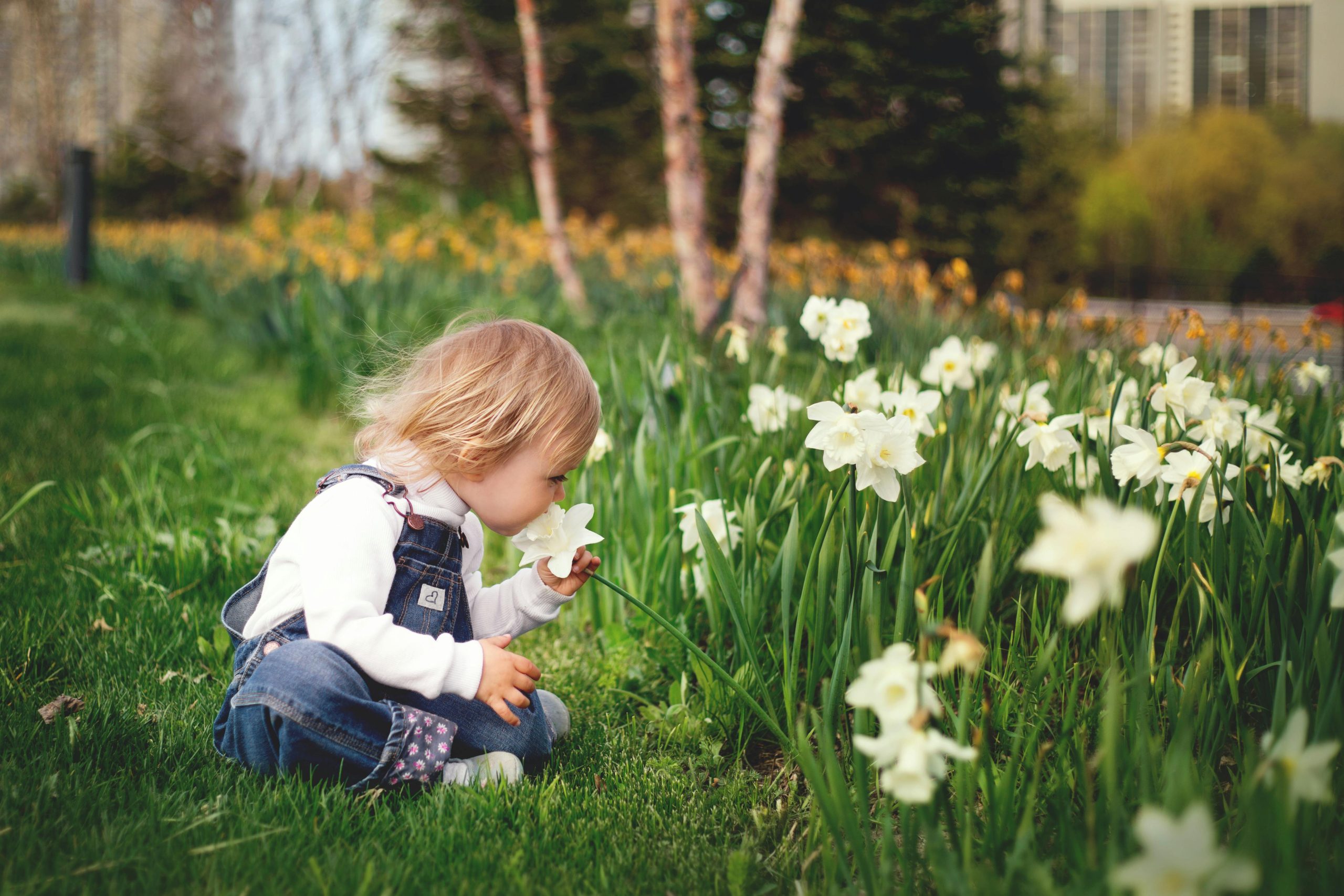An Overview of Criticism and Praise Dynamics

In order to foster resilience and self-esteem in children, it is essential to strike the correct balance between praise and criticism. This delicate balance molds their long-term psychological and emotional structure in addition to their immediate reactions. Why is explained by taking a quick look at psychological theories like constructivism and behaviorism. These ideas highlight the deep effects of environmental responses on behavior and learning, and they imply that a child’s developmental trajectory can be greatly influenced by the subtle use of praise and criticism.
The main goal of this investigation is to clarify the complex roles that praise and criticism have in promoting an environment that is conducive to healthy growth. We can help kids reach their full potential and grow into well-rounded adults by helping them grasp the when and how. It’s not only about honing parenting skills; this exploration of the mechanics of praise and criticism is also about setting the stage for our kids’ future.
The Effects of Criticism on Child Development Psychologically

The Dual-Finned Sword: Distinguishing Between Positive and Negative Evaluations
As a tool for behavior modification, criticism has the power to uplift or depress a youngster. When given carefully, constructive criticism promotes an atmosphere of transparency and trust. It teaches kids to view obstacles as chances for personal development. Conversely, destructive criticism can cause dread of failing and damage one’s self-esteem. It’s critical to understand the distinction between these two types of feedback in order to steer kids in the direction of healthy growth.
The Impact of Negative Criticism: Problems with Self-Esteem, Failure-Related Fear, and the Formation of a Static Mindset
- Children who receive negative criticism may experience a decline in self-esteem and begin to mistrust their own skills.
- Children who have self-doubt frequently exhibit a dread of failing, which prevents them from taking on new endeavors.
- This can eventually lead to children developing a fixed mindset, which stifles their capacity for progress by making them believe their abilities are constant and unchanging.
Nurturing Feedback as an Instrument for Development
On the other hand, constructive criticism can be a potent development stimulant if it is presented in a favorable light. It teaches kids that errors are chances for growth rather than signs of failure. This method fosters resilience, which improves their capacity to overcome obstacles. Additionally, it develops the ability to solve problems and promotes the development of a growth mindset, in which obstacles are welcomed as opportunities to get better. Children can learn that they can develop their abilities via hard work and dedication through constructive feedback, which lays the foundation for success and learning throughout their lives.
In conclusion, children’s growth can be greatly impacted by the criticism and praise we give them. We may assist youngsters in navigating the challenges of growth with resilience and confidence by emphasizing constructive criticism and counterbalancing it with praise. This well-rounded strategy guarantees that students grow into capable, well-adjusted people by meeting both their present developmental requirements and preparing them for upcoming obstacles.
The Effectiveness of Acknowledgment in Promoting Child Growth

Beyond “Well done!”: Appreciating Different Kinds of Approval and Their Significance
An easy instrument with great power is praise, which has a big impact on a child’s development. Saying “good job!” is not enough; you also need to know the differences between “process praise” and “person praise.” While process praise highlights the effort and strategy needed in completing a task (“You worked so hard on this!“), person praise highlights the child’s innate qualities (“You’re so smart!“). According to research, giving children process praise helps them develop a growth attitude, which motivates them to take on obstacles and keep going when things become tough.
The Science of Motivation: The Impact of Accolades Self-Efficacy and innate Motivation
Accolades have two drawbacks. When applied properly, it increases children’s self-efficacy and intrinsic drive, enabling them to take charge of their education. They can grow to believe that they can get better with work and persistence thanks to this kind of support. But rather than just showering them with praise, it’s important to give them meaningful, targeted feedback that recognizes their effort and growth.
The Praise Paradox, Dependency on External Validation, and Reduced Perseverance as Risks of Overpraising
- Overindulgence in generic or excessive praise can cause a youngster to become dependent on external validation, which will reduce their capacity for self-motivation.
- It can also weaken children’s perseverance because they may give up more quickly if they don’t get continuous praise.
- This leads to a paradox where the very instrument intended to increase motivation and self-assurance rather undermines them. It’s important to find the correct balance; praise should be meaningful, emphasize effort over natural talent, and be used sparingly to reinforce good deeds and attitudes.
In conclusion, cultivating a supportive environment that promotes growth, resilience, and a love of learning requires an understanding of the various forms of praise and their effects. By giving praise thoughtfully, we can assist kids in acquiring the abilities and perspective needed for success throughout childhood and beyond. The foundation of successful child development techniques is a balanced approach to praise combined with constructive criticism, which guarantees that our kids develop into competent, self-assured adults.
Useful Applications: Evaluation and Acknowledgment in Various Situations

Learning and Resilience in Educational Settings: Improving Both
Teachers in educational settings have the ability to influence students’ futures. They can establish a classroom culture that prioritizes learning and growth by striking a balance between praise and criticism. When given carefully, constructive criticism inspires students to rise to challenges and see failures as teaching moments. Praise encourages a growth mindset in students and inspires them to persevere and aim for excellence, especially when it is directed toward effort and strategy. This method prepares students for life after school by increasing resilience in addition to academic performance.
Parenting Strategies: Establishing Sturdy, Harmonious Bonds
Parenting involves a daily dance between praise and criticism. The secret is to guide rather than discourage others with criticism. Parents can assist their children in understanding and growing from their mistakes by emphasizing particular behaviors rather than personal qualities. When it’s sincere and targeted, praise promotes positive behavior and increases self-worth. A stable parent-child bond is fostered by this constructive criticism, which paves the way for honest dialogue and respect. It’s about giving kids the confidence to recognize their potential and make gradual progress toward it.
Sports and Extracurricular Activities: Fostering Competencies, Self-Assurance, and Collaboration
Coaches and mentors are essential in the world of sports and extracurricular activities. Their criticism has the power to elevate or depress a young participant or athlete. Proficient coaches employ constructive criticism to enhance abilities and rectify errors, consistently presenting it in a manner that preserves the person’s self-assurance. Conversely, praise is meant to recognize and honor effort, growth, and collaboration as opposed to just winning. This well-rounded strategy not only improves performance but also imparts valuable life lessons like perseverance, teamwork, and the importance of hard work. It’s about losing with grace and winning with humility.
The Cultural Aspects of Appreciation and Criticism

- In certain cultures, giving direct criticism is frowned upon, and instead, in order to preserve harmony, feedback is frequently provided indirectly.
- Some societies place a high value on directness, as they feel that candid criticism promotes self-reliance and toughness.
International Views on Feedback Analysis
The children’s interpretation of praise and criticism is shaped by the cultural context in which it is provided. Praise may be given modestly and criticism may be interpreted as a reflection on the group rather than the individual in societies that place a higher value on group success than individual accomplishment. While a strong sense of community can be fostered by this communal approach, the impact of individual feedback may be diminished. On the other hand, in societies that value individualism, praise can increase motivation and self-worth while criticism may be interpreted more personally and negatively affect a child’s self-image and academic performance.
- Societies collective: Acknowledgment is met with humility; critiques are taken personally by the group.
- individualism-focused societies: Criticism affects one’s self-concept, while praise raises one’s worth.
These cultural norms have a significant impact on how children understand feedback. They impact not just short-term responses but also long-term self-perception and performance. Youngsters who grow up in settings where constructive criticism is given and sincere, targeted praise is given also learn to view feedback as a tool for personal development. Resilience, a positive self-image, and a lifelong love of learning are all fostered by this well-rounded viewpoint.
By being aware of these cultural factors, we can modify our response to praise and criticism so that it fits the child’s cultural background. By doing this, we can better assist their growth and enable them to confidently and resiliently negotiate the challenges of feedback. Beyond simply choosing the right language, it’s about creating an atmosphere in which every child, regardless of cultural background, can flourish.
In Conclusion
Positive and negative feedback molds a child’s future. When combined, they promote learning joy and resilience. We support children’s growth by guiding them through a landscape of successes and challenges by striking a balance between these factors. This trip serves as a reminder of the value of insightful criticism and sincere support. Let’s pledge to equip the upcoming generation with the self-assurance to face life’s challenges and make sure they prosper in a world that is constantly changing.
The Role of Criticism and Praise in Child Development FAQs
Excessive praise can lead to a sense of entitlement in children, making them believe they deserve rewards without effort or improvement. This mindset can hinder their ability to deal with challenges and setbacks, as they expect constant positive reinforcement. It’s important to praise in a way that encourages effort and perseverance, rather than just outcomes.
Criticism can be used positively when it is constructive and focuses on behaviors rather than the child’s character. This approach helps children understand what they can improve without feeling their self-worth is under attack. Constructive criticism, when balanced with praise, can motivate children to learn and grow.
Criticism can negatively impact a child’s self-esteem by making them feel inadequate or unworthy. When criticism is harsh or constant, it can lead to a child developing a negative self-image. This can hinder their willingness to try new things or take risks due to fear of failure.
A balanced approach to criticism and praise helps children develop resilience and a realistic self-concept. It teaches them that while they are capable of great things, there is always room for improvement and learning. This balance is crucial for fostering an environment where children feel valued and supported, yet are encouraged to grow and improve.
The timing of praise significantly affects its impact, with immediate praise being more effective in reinforcing desired behaviors. Delayed praise might lose its connection to the behavior it’s meant to reinforce, making it less meaningful to the child. Timely praise helps solidify the link between effort and outcome, encouraging repetition of the praised behavior.
Parents should balance criticism and praise by ensuring that feedback is specific, focuses on effort and process, and is delivered in a supportive manner. This approach helps children understand their strengths and areas for improvement without damaging their self-esteem. Balancing feedback in this way supports a growth mindset, encouraging children to see challenges as opportunities to learn.
Praise is not always beneficial as it can sometimes lead to a fixed mindset, where children believe their abilities are innate and unchangeable. Overpraising can make children dependent on external validation rather than developing self-motivation. It’s important to focus on praising effort and strategies rather than innate abilities to foster a growth mindset.
Non-specific praise, such as saying “good job” without detailing what was good, can be confusing and less effective for children. It may fail to reinforce the specific behaviors or efforts that led to success, making it harder for children to understand what to repeat in the future. Specific praise helps children identify and internalize the actions that led to positive outcomes.
Criticism, especially when harsh and frequent, can diminish a child’s motivation by instilling a fear of failure. It can lead children to avoid challenging tasks where they might fail and thus receive more criticism. Encouraging a child to see mistakes as learning opportunities instead can help maintain their motivation.
Constructive criticism plays a key role in teaching resilience by helping children learn to cope with setbacks and feedback in a healthy way. It teaches them that criticism is a part of learning and growth, not a personal attack. This understanding helps children to bounce back from challenges more effectively.

Jasmine Duque-Love is a mother of one and a practicing physiotherapist with a Phd in Physiotherapy

